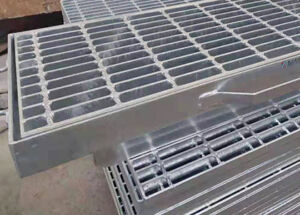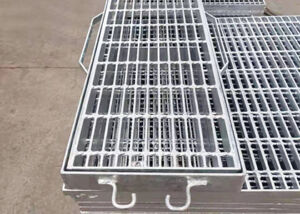Trench covers and composite covers are both used to protect trenches and manholes, but they have different features and benefits. Trench covers are typically made of cast iron or steel, offering heavy-duty strength and durability. They are designed to withstand heavy loads and provide secure coverage for open trenches. On the other hand, composite covers are made of materials such as fiberglass, plastic, or composite resin, which makes them lightweight and corrosion-resistant. They are ideal for areas where weight is a concern, such as pedestrian walkways and driveways. When comparing trench covers vs. composite covers, it’s important to consider factors such as load capacity, material composition, and long-term performance.

Trench covers are known for their exceptional load-bearing capacity, making them suitable for areas with heavy vehicular traffic or industrial equipment. They are often used in roadways, parking lots, and industrial facilities where durability and strength are essential. In contrast, composite covers offer a lightweight alternative with corrosion-resistant properties, making them ideal for areas exposed to moisture, chemicals, or salt. They are commonly used in coastal regions, wastewater treatment plants, and chemical processing facilities. Understanding the specific requirements of the application is crucial when choosing between trench covers and composite covers.

Another key consideration when comparing trench covers vs. composite covers is the material composition. Trench covers are typically made of cast iron or steel, providing robust protection against impact and wear. They are resistant to deformation and can withstand harsh environmental conditions. Composite covers, on the other hand, are constructed using advanced composite materials that offer high strength-to-weight ratio and excellent resistance to corrosion. This makes them suitable for applications where weight limitations and chemical exposure are significant concerns. Evaluating the material composition is essential to ensure that the selected cover meets the performance requirements of the intended application.

